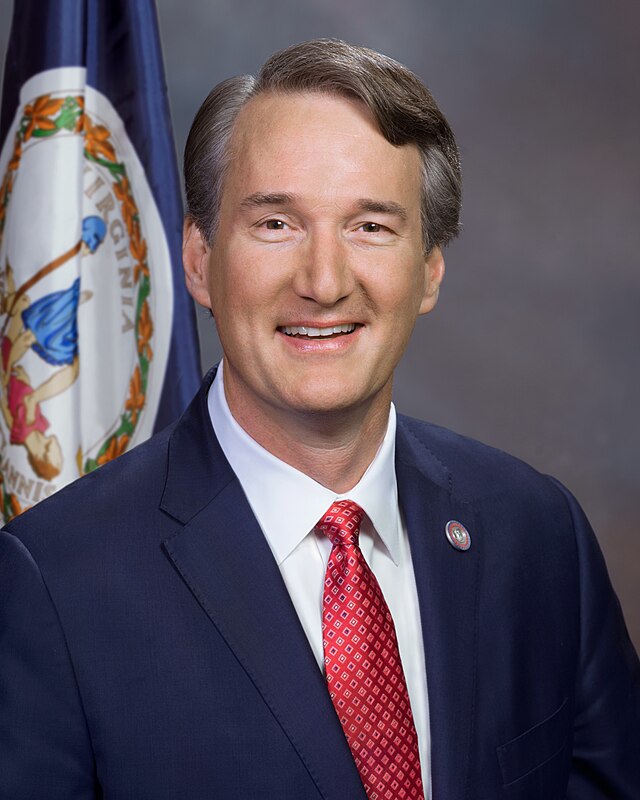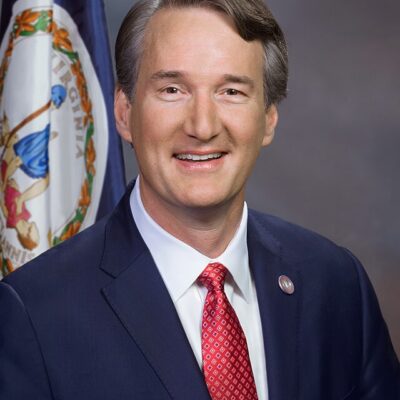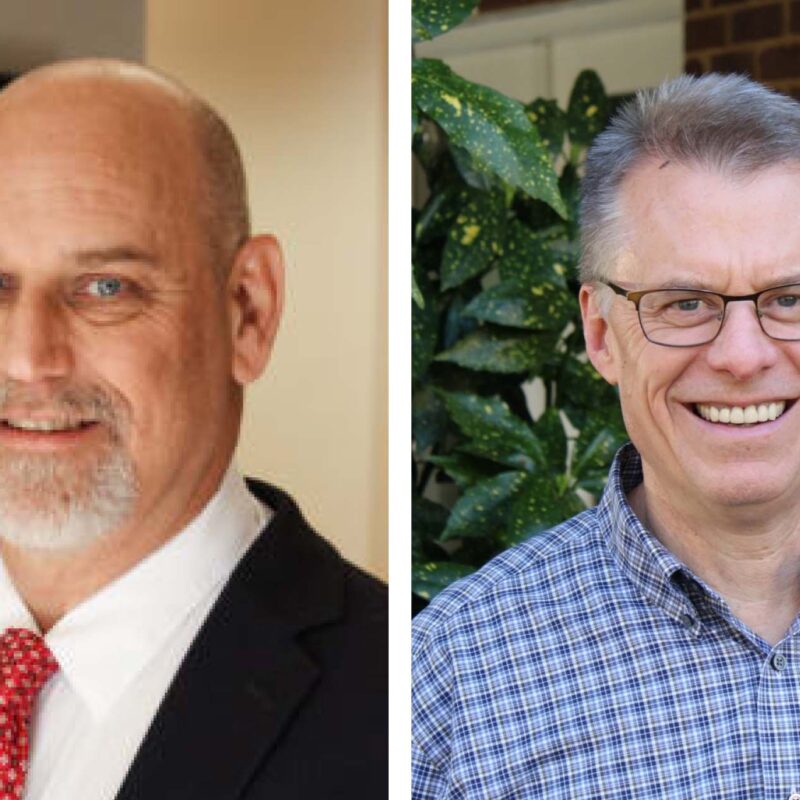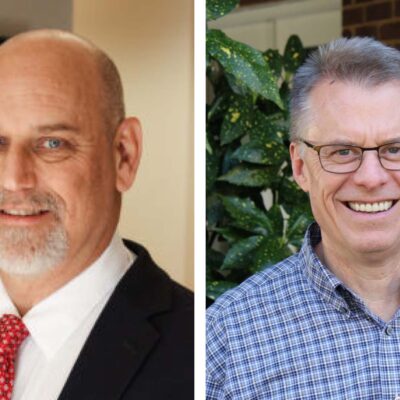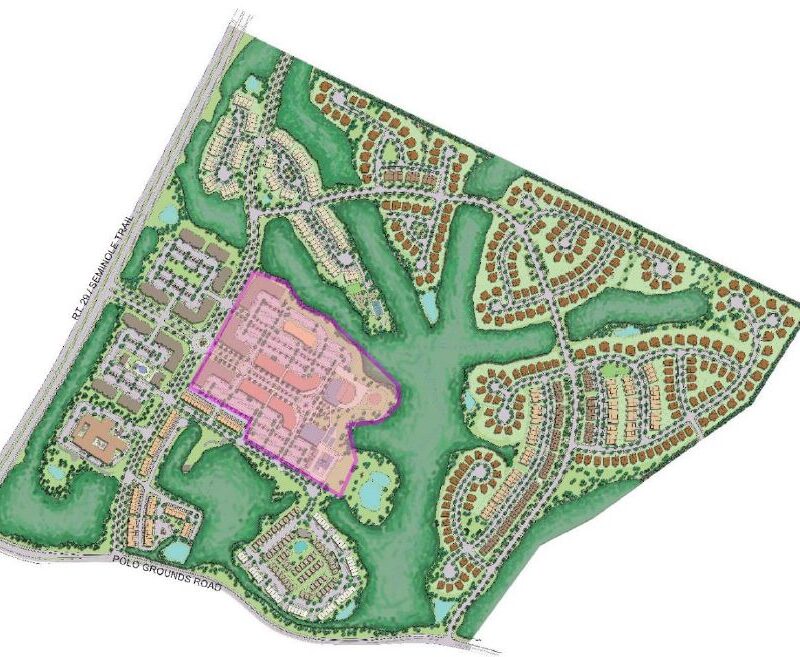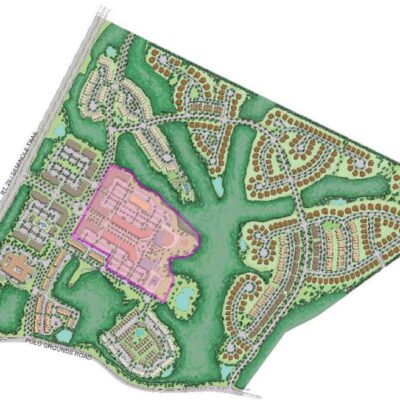For the second time this year, the Planning and Coordination Council (PACC) cancelled its quarterly meeting, scheduled for November 15. PACC is the only formal meeting of the "three parties"—the City of Charlottesville, Albemarle County and UVA.
"The main topic wasn’t ready for prime time," says Mayor David Brown. That topic is an idea brought forward by the University to create an exit off I-64 to connect to Sunset Avenue, a proposal some think could take the place of a Sunset-Fontaine connector road. The topics slated for November’s PACC meeting will likely be wrapped into the February meeting.
 University Architect David Neuman gets credit from Mayor David Brown for improved relations between the city and UVA. "[Neuman] realizes that his responsibilities don’t end at the borders of the campus," says Brown. |
Having missed two of its four meetings this year, are the three parties having a hard time getting along? Do they just not have enough to say to each other?
Members of the committee say that they’re getting along splendidly and have plenty of other opportunities to engage with each other.
"There’s open lines of communication," says Ken Boyd, chairman of the county Board of Supervisors. "I talk to Mayor Brown often, I talk to Leonard Sandridge [UVA vice president and chief operating officer] often. Both of them are very accessible to me any time that we have any questions or considerations or things that come up. So we talk offline about different situations."
"[PACC]’s a good meeting, but it’s just one part," Brown says. "Just as useful is regular communication on issues," such as regular talks between Sandridge and City Manager Gary O’Connell.
Other committees end up as de facto means of communication. Recently, the city and county planning commissions started to hold quarterly joint meetings, and both those commissions include a representative from the University. Reps from the three parties meet together at the Metropolitan Planning Organization, which coordinates regional transportation issues. UVA initiated a "trimodal" committee that includes city and county staff to improve ways to get around town without a car. And the three parties have pledged to get together on an affordable housing taskforce, though that took pressure from local congregation conglomerate IMPACT.
"Relations have improved in the last several years," says Brown. "I think in particular UVA has been a catalyst for improved relationships in a few ways. They’ve learned from the experience of the Ivy Road parking garage."
In 2002, the University announced—rather than discussed—plans for a 1,200-space parking garage on Ivy Road. Many city residents in the Lewis Mountain neighborhood were appalled and fought hard against it, going so far as to hold a candlelight vigil to protest the garage.
UVA learned from the experience and, during planning for the South Lawn Project, consulted with Jefferson Park Avenue neighbors early to get their input, some of which was incorporated into the project.
A large part of the credit for improved communication belongs to UVA’s David Neuman, according to Brown. "David treats his position as University architect as an activist position," Brown says. "He realizes that his responsibilities don’t end at the borders of the campus, but that it’s integral that we work together on issues like traffic and pedestrian-use and planning."
As for town-gown relations in context, Brown says that he has the sense from mayors’ conferences that Charlottesville is above average. "If you talk to other communities, we do really well."
C-VILLE welcomes news tips from readers. Send them to news@c-ville.com.
